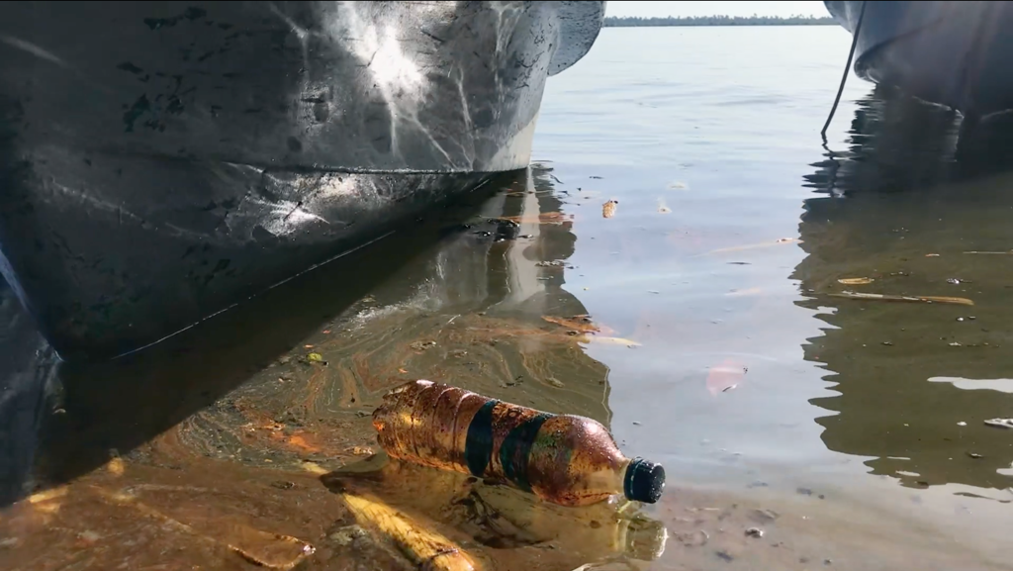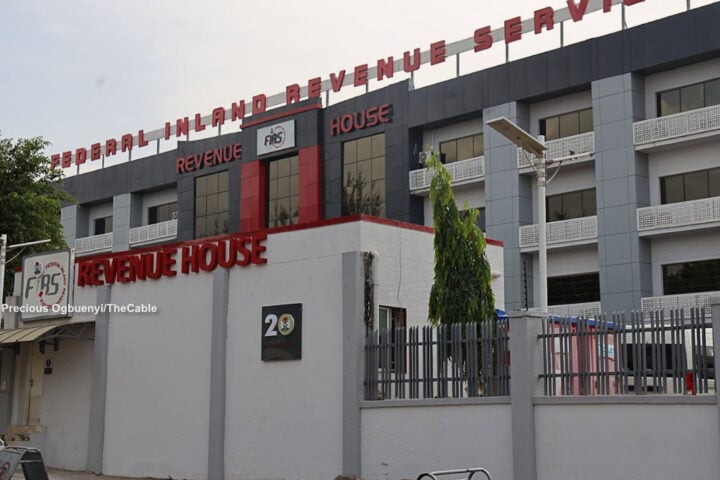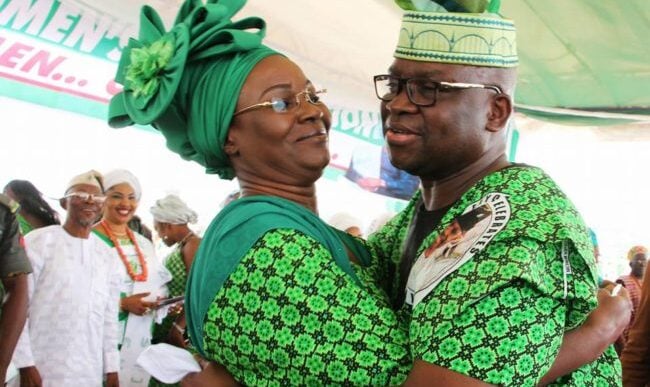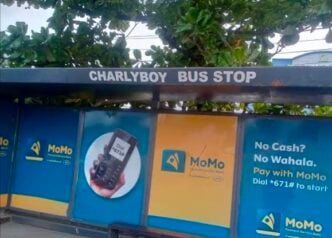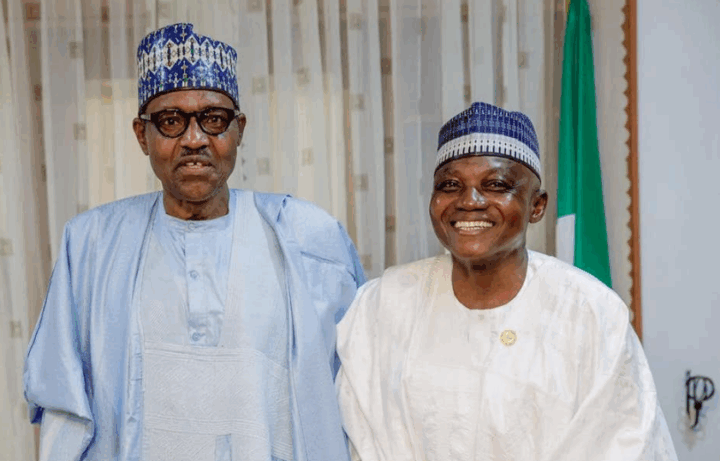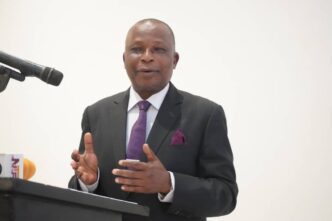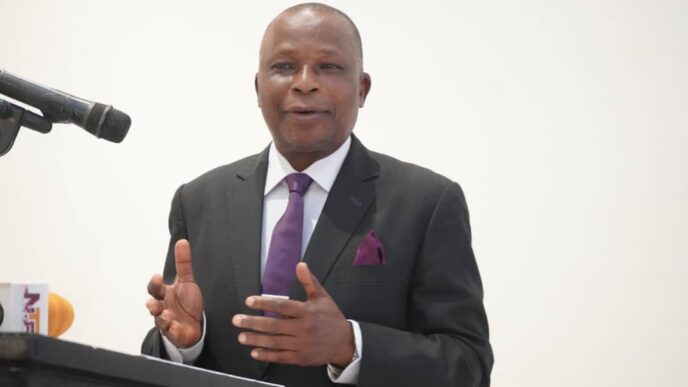View of oil floating at the shore of the Bodo Jetty. Pulitzer/AnuOluwapo Adelakun
The water from Comrade Noble Nwolu’s house borehole smells like crude oil. When he runs his tap, the smell immediately oozes out and an oily streak beams under the sun. “My house is situated right here on the land of Nsisioken, and you can’t use the water in this house for anything other than flushing the toilet and washing clothes,” he says, frustratingly.
This is life in nearly three decades after Shell ceased active drilling in Nigeria’s Niger Delta. The air still carries a faint metallic tang. Children are born into contamination; elders are buried by it. What began as an environmental crisis has calcified into an entire generation’s reality.
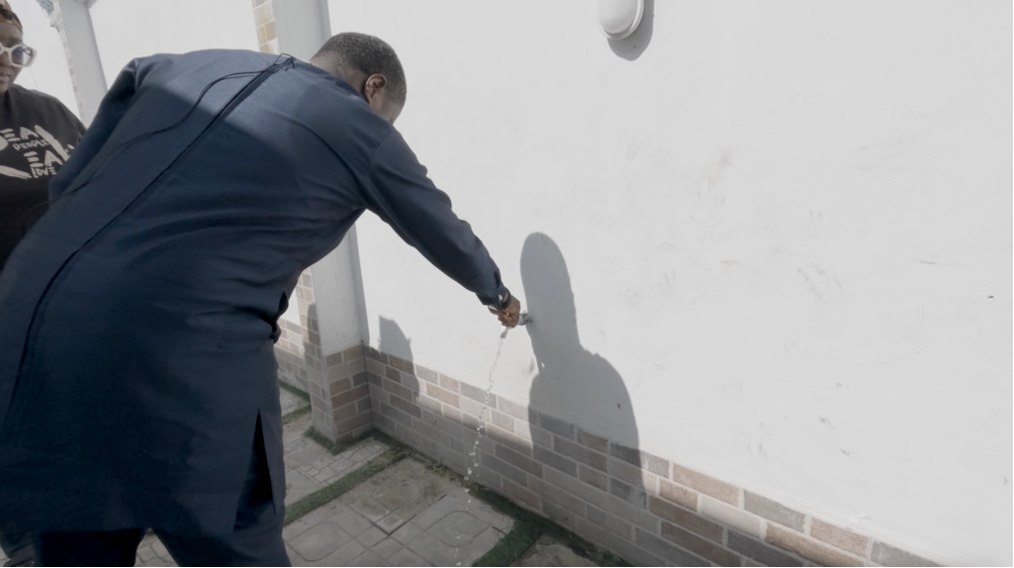
THE WEIGHT OF BROKEN PROMISES
Oil first gushed from Ogoniland’s soil in the 1950s. For over three decades, extraction proceeded largely unregulated—pipeline leaks, sabotage, and spills became routine. But residents say the real betrayal began after Shell withdrew in 1993, leaving behind a toxic legacy of abandoned infrastructure and devastated communities.
Advertisement
The numbers told the story in stark terms: In 2011, the United Nations Environment Programme found groundwater containing benzene—a known carcinogen—at levels up to 900 times above World Health Organisation standards. The UN urged immediate action and outlined a 25-30 year remediation plan.
By 2016, hope flickered briefly when Nigeria launched the Hydrocarbon Pollution Remediation Project (HYPREP) to implement those recommendations. Nearly a decade later, that hope has curdled into bitter disappointment.
WHAT CLEAN-UP LOOKS LIKE
Advertisement
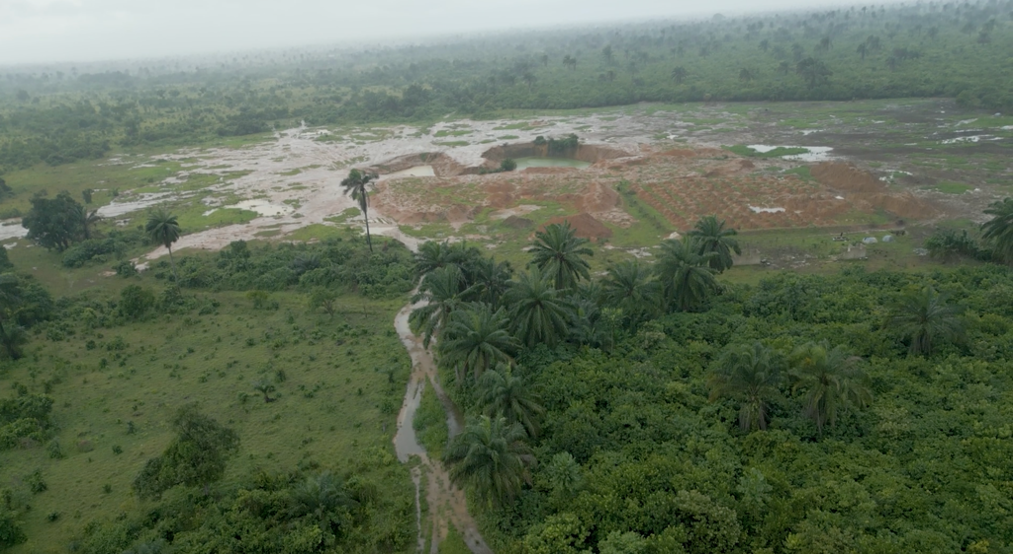
Following a local contact with connections to various clean-up sites, our documentary crew arrives at one of the official remediation areas in Ogale. The Okuluebu cluster site — handled by Lapideo Multiservices Ltd, Slot Eng Nig Ltd, Environ Consult and Remedial Service Ltd, Klartek Nig Ltd, Erotina Nig Ltd and Montego Upstream Services Ltd — was supposed to represent progress.
Instead, it offers a master class in environmental negligence. UN recommendations are clear: excavated holes should be carefully backfilled with treated soil; contaminated soil stockpiles must be isolated with impermeable covers; temporary disturbance areas should be covered to prevent erosion.
What we find defies every standard. Two massive gullies scar the earth where careful backfilling should have occurred. Contaminated soil lies in haphazard mounds. Torn tarpaulins hang like abandoned flags across the wasteland.
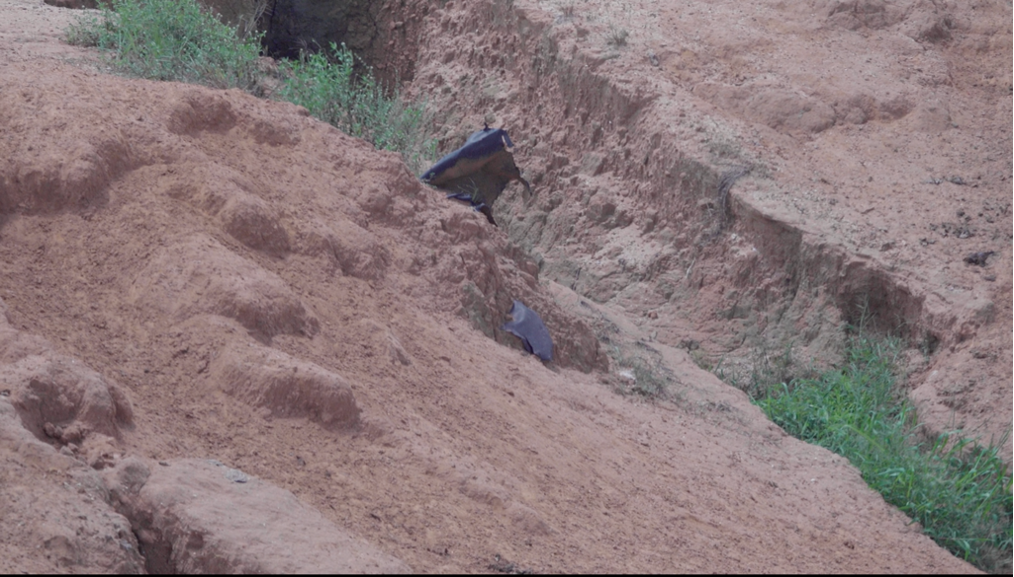
At another site, marked only as “Phase 2 SMR014,” the violations are even more brazen. Contaminated soil has been dumped directly onto bare land, exposed to rainwater runoff. A local scientist, speaking on camera, shakes his head in disbelief: “The oil will be washed off into farmlands and spread the pollution further. This is against every standard practice.”
Advertisement
Bio-cells, specialised pits designed to isolate and treat polluted soil, sit nearly empty while contaminated earth spreads across the landscape, seeping deeper into the water table and surrounding farmland.
THE SCIENCE OF SUFFERING
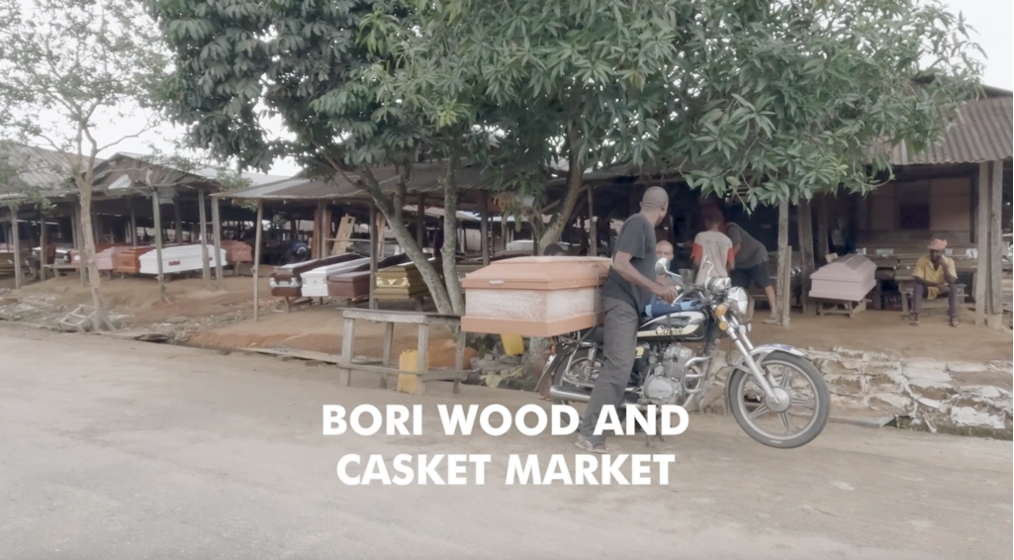
Our independent environmental assessment in 2024 across communities in Gokana and Eleme reveals the scale of ongoing contamination:
In K-Dere: Cadmium levels in water samples reached 0.032mg/L — over six times the WHO safety threshold. Lead measured 0.14mg/L, far exceeding the permissible limit of 0.01mg/L. Total Petroleum Hydrocarbons in sediments hit 132,000 mg/kg—260 times higher than regulatory standards.
Advertisement
At Ogale: Benzene and toluene contaminate household water supplies. Both compounds increase cancer risk with prolonged exposure.
Along the Gbe River: Total dissolved solids and electrical conductivity readings render the water unsafe for drinking, fishing, or irrigation.
Advertisement
The youth leader of Ogale community invited us to test his home’s borehole. The results reveal cadmium, benzene, and other petroleum toxins well above regulatory limits. He buys sachet water for his family to drink, but it is not a guarantee that they are in the clear.
WHERE DEATH BECOMES BUSINESS
Advertisement
The camera pans across Bori’s casket market, where wooden coffins line dusty streets like a macabre marketplace. Business is steady. Too steady.
Advertisement
“Most of the people dying are in their 30s and 40s,” explains the owner of Motherhood Mortuary at Bera, his voice matter-of-fact after years of processing premature death. “I used to preserve bodies of people who lived to 100. Now that’s rare.”
Autopsy reports from his mortuary tell a consistent story: kidney failure, tuberculosis, respiratory diseases the catalogue of pollution-related illness. Children face the greatest danger; their developing organs are more vulnerable to cadmium-induced kidney failure and lead’s permanent neurological damage.
HYPREP: GOOD INTENTIONS, POOR EXECUTION
The Hydrocarbon Pollution Remediation Project arrived with fanfare in 2016, backed by millions in public funds and international expectations. Field assessments now show that at sites officially marked as “remediated,” contamination often persists or has worsened.
At Okuluebu, cadmium and lead levels in supposedly cleaned soil exceed those found at untreated sites. The irony is bitter: areas marked as success stories show higher contamination than places never touched by clean-up efforts.
HYPREP’s public communications consist mainly of a monthly newsletter offering no detailed budget breakdowns. Multiple interview requests from journalists and civil society organisations have been denied or ignored. The lack of transparency feeds suspicions about mismanaged or diverted funds, while affected communities remain literally and figuratively in the dark about their future.
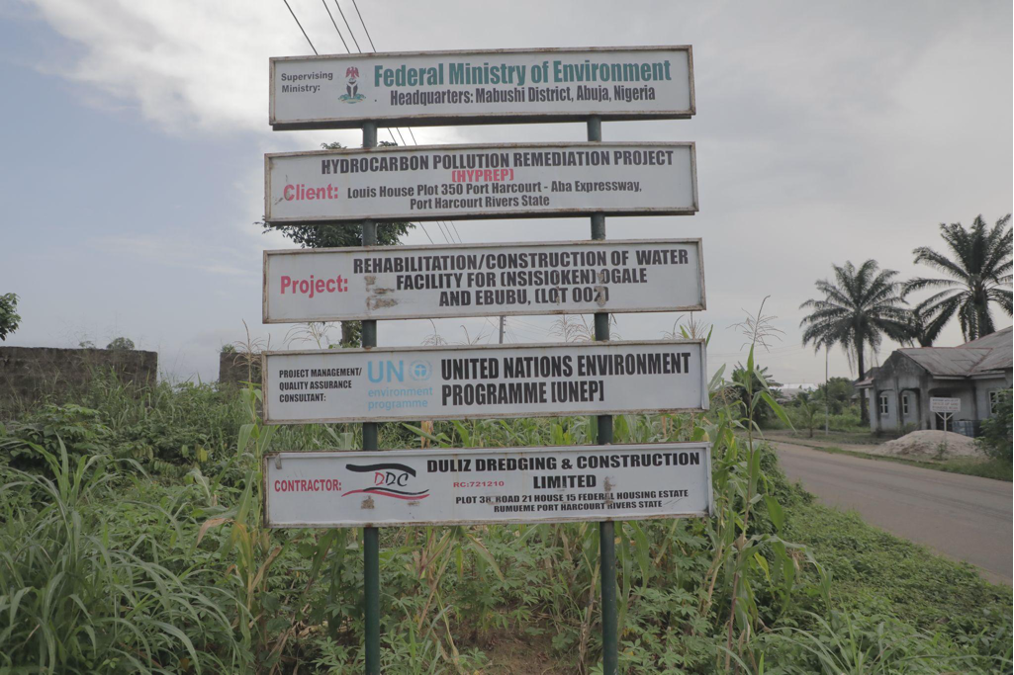
While Shell settled a civil lawsuit in the Netherlands and agreed to pay £55 million to the Bodo community in 2021, little has changed on the ground. The company has now divested its Nigerian subsidiary, successfully exiting onshore operations in the Niger Delta.
In March 2025, the Nigerian government approved the transfer of Shell’s 30% stake to Renaissance Africa Energy Company Limited, a consortium that oil-affected communities view as Shell’s attempt to escape legal responsibility while retaining profitable assets.
Shell maintains that clean-up responsibility rests with the Nigerian government. Meanwhile, HYPREP’s failures compound the suffering.
THE HUMAN COST
What makes Ogoniland’s tragedy jarring isn’t just the pollution; it’s how normal it has become. Families plan their lives around contaminated water. Children grow up knowing the taste of petroleum in their drinking supply. Farmers watch crops fail in poisoned soil and accept it as inevitable.
This normalisation represents perhaps the greatest environmental injustice: when entire communities adapt to conditions that should be unthinkable, the world stops paying attention. The crisis becomes invisible precisely because it’s everywhere.
A PATH FORWARD
Environmental justice in Ogoniland demands more than documentation—it requires action:
Independent Oversight: An external monitoring board including international scientists, civil society representatives, and Ogoni community leaders must oversee all remediation efforts.
Transparent Accountability: HYPREP must publish itemised spending reports and submit to third-party audits. The days of newsletter diplomacy must end.
Immediate Healthcare: High-risk communities need medical intervention and ongoing health monitoring systems. Treating pollution’s health effects cannot wait for environmental restoration.
Infrastructure Restoration: Safe boreholes, clean soil, and restored farmland aren’t luxuries—they’re fundamental human rights.
THE PRICE WE ALL PAY
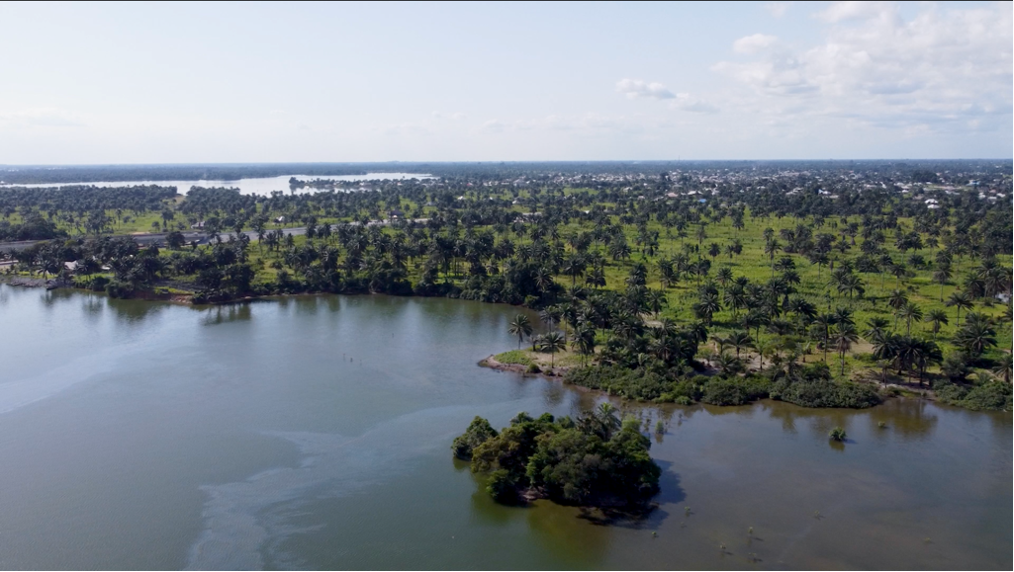
The documentary A Poisoned Legacy forces uncomfortable questions: What constitutes justice when an entire generation is poisoned before clean-up even begins? Who bears responsibility when oil enriches everyone except the people living where it’s extracted?
The gap between international ambition and local implementation in Ogoniland reveals how environmental racism operates in practice. Global attention produces reports and conferences; local communities get contaminated water and premature death.
Until Ogoniland receives the comprehensive clean-up it was promised, the Niger Delta will remain a stark reminder of what happens when environmental damage becomes normalised, transforming into generational violence that the world learns to ignore.
The oil may have stopped flowing, but the poison remains. And with each passing day, the cost of inaction grows heavier for families who never chose to pay it.
Adelakun is a Nigerian journalist and filmmaker whose documentary “A Poisoned Legacy” investigates the ongoing environmental crisis in Ogoniland. This story is supported by a grant from the Pulitzer Centre.
